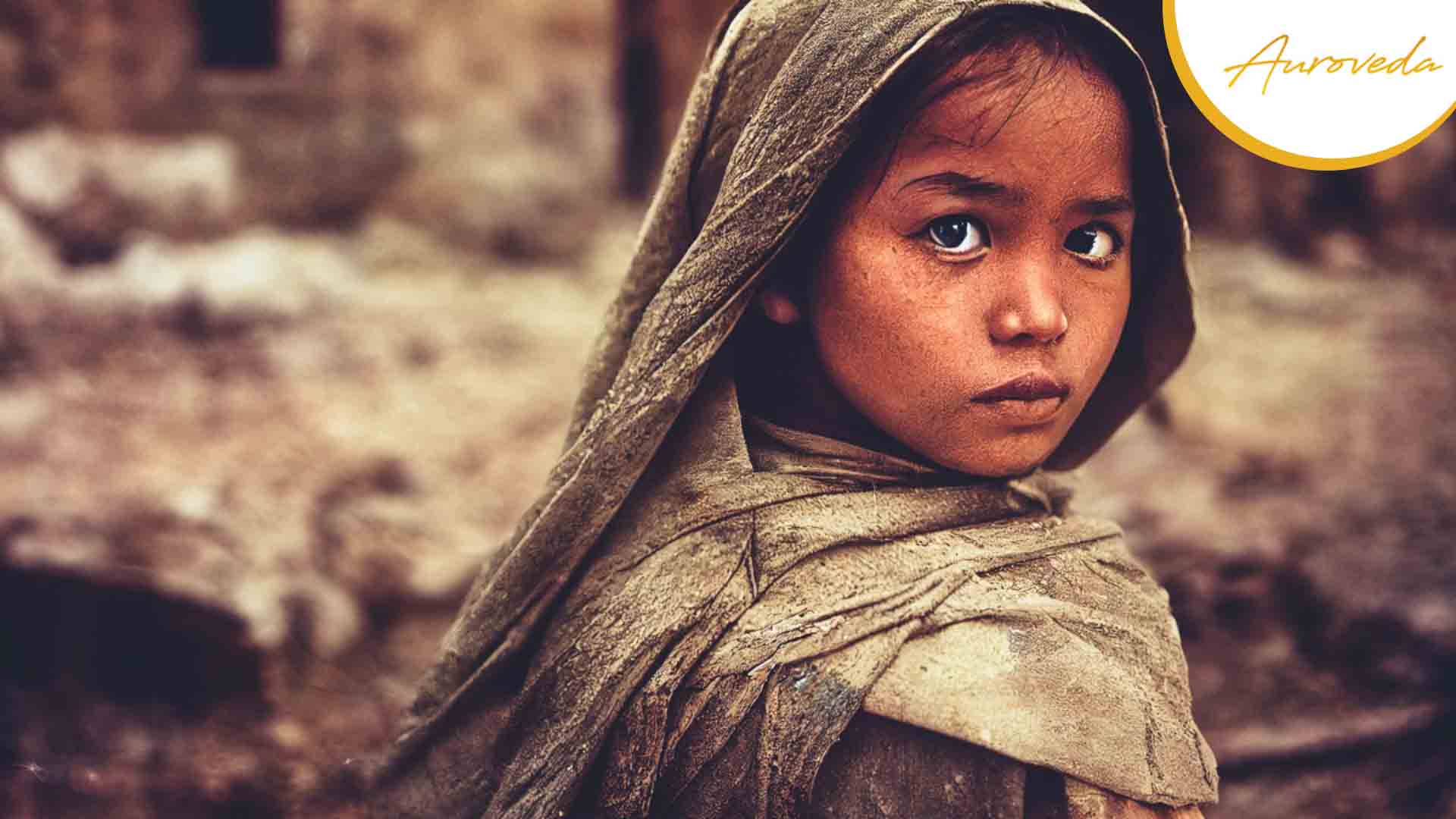Since ancient times, child marriage has been a common practice in many cultures and societies. Even though child marriage is outlawed in many nations, including India, it still tends to occur in certain rural areas.
Child marriage, as defined by the United Nations, as a legal or illegal partnership formed before the age of 18, is prohibited. However, in India, child marriage is still a worrying issue, especially in rural areas where time-old traditions and practices are engrained strongly.
What is Child Marriage?
The term “child marriage” typically refers to a social practice carried out in several societies like India, in which a young child, typically a girl under the age of fifteen, marries an older man. The second type of child marriage is when the parents of the two youths, a boy and a girl, plan their future union. In this custom, the parties involved—the boy and girl—do not get to know one another until the wedding ceremony is held after they reach marriageable age.
Child Marriage Today
The National Family Health Survey (NFHS-5) conducted in 2019–2020 found that child marriage has become a less common practice in India over time. But the survey also reveals that about 7.9% of women between the ages of 20 and 24 were married before turning 18, indicating that one in thirteen Indian women married before turning of age. In India, the prevalence of child marriage varies by state, with Kerala having the lowest occurrence (0.8%) and Bihar having the highest (39.1%).
The traditional patriarchal views and practices in India that consider females as financial burdens and deprive them of the same chances and education as boys are linked to the country’s history of child marriage. Child marriage was also considered a method to protect family honor and reputation. Another reason why parents would marry off their girls at a young age is that they are poor and believe that doing so will assure their financial security.
Consequences of Child Marriage
Children’s rights are violated by child marriage, which puts them at serious risk of abuse, exploitation, and violence. Both girls and boys are impacted by child marriage, but the consequences of child marriage are particularly devastating for females as they are disproportionately impacted. It negatively affects children’s rights to safety, health, and education as they lose their adolescence when such practices occur.
Young married girls are more likely to leave school, which reduces their possibilities for further education and jobs. Due to their lack of knowledge and maturity in handling marriage, child brides are also more susceptible to domestic violence and sexual assault. Early marriage also raises the chance of maternal and infant mortality.
Government Intervention
To tackle the issue of child marriage, the Indian government has implemented a number of initiatives. Child marriage is now prohibited by law owing to the Prohibition of Child Marriage Act (PCMA), which was passed in 2006. Additionally, the law contains provisions for the dissolution of child marriages and the defense of young women against forced marriage. The government has also started several programs to empower underprivileged girls and enhance their education, including the Beti Bachao Beti Padhao (Save the Daughter, Educate the Daughter) campaign.
Despite these initiatives, child marriage still occurs in India, especially in rural areas where an understanding of the laws is low. It can be difficult to implement the law because communities and families often object to the government interfering with their traditional ways of life. The practice of child marriage is also influenced by the lack of access to education, as girls in remote regions may not have access to resources to seek help or have knowledge of their legal rights.
Additionally, many non-governmental organizations (NGOs) such as Auroveda, have been focusing on the problem of child marriage in India. These organizations have spent the majority of their time trying to educate and prevent child marriages. In order to alter attitudes around child marriage and advance girls’ education, these organizations devise multiple comprehensive strategies that involve engaging with communities and empowering young women.

